|
Two sculptures made from paper, maple veneer and elastic have been sited in St John's Street (Detext) and Angel Lane (Sumtext). How interesting to work on this year’s groving project with Urve, who is an art historian, psychotherapist and poet. Urve comes at the theme of encroach from a different angle and yet there was so much synchronicity in our discussions and visual ideas. Our first thoughts about encroachment were of a negative force; moving in, taking over, using up resources. The decision to use redacted text meant that although some words were blanked out, a system which would be frustrating and agonising if used in an official capacity, a new text emerged, which could be engineered to make the combination of leftover words make sense and could be seen as a positive. The blanking out of words could also be visually interesting. Something new, both verbally and visually, growing out of a deliberate act of sabotage. Julia Manheim Julia Manheim makes very short videos, often with a performative subject matter. Her most recent work Ken Taking Photos was put together from hundreds of her photographs of her husband taking photos. Taken over many years, at first surreptitiously and later with Ken’s knowledge, they give a sense of his ways of seeing and doing. When Ken died last year, it seemed like the perfect opportunity to do something with a selection of the photos as a lasting memory of him.
During lockdown, Julia initiated a photographic collaboration with Caroline Broadhead which is still ongoing. She continues to run the m2 gallery in Peckham, a 24 hour gallery, which can be viewed from the street and has a rolling programme of about six exhibitions a year. In 2022, m2 gallery curated and held two exhibitions at Artists’ Studio Company (ASC) gallery, showing work from seventy artists who had exhibited in m2 in the twenty years since the gallery’s inception. https://m2gallery.com/julia-manheim Urve Opik is of Estonian heritage, grew up in Northern Ireland and lives in London. She studied art history at Manchester University and the Courtauld and worked for many years as an Arts Administrator. She became increasingly interested in the life psychotherapeutic in the late 1990s, retrained, and now practices as a psychotherapist. She retains a deep interest in the visual arts and weaves a writing practise through it all.
2 Comments
These reflective, playful letterpress works by Mianam Bashir can be found on Angel Hill, in the Abbey Gardens and Sensory Garden. Mianam Bashir explores the meaning of language in line with sociologist Alvin Gouldner’s statement that “context is everything”. As a daughter of Pakistani and German parents, Bashir became aware of the barriers that language creates, unable to understand conversations between family members in Urdu and German. As the Director of Leicester Print Workshop, Bashir was introduced to printmaking and through an Arts Council DYCP grant she was able to deepen her understanding of the art form’s history and cultural relevance. Bashir makes connections between her personal experience of language, being diagnosed on the Autistic spectrum late in life, and the specific technical requirements and possibilities of letterpress, to both celebrate and critique the way we use language today.
Her recent collaborative project with Emma Powell, at The Hepworth, Wakefield, was part of DASH’s national programme We are Invisible We are Visible. Bashir and Powell created THIS IS NOT A PIPE I-V; a series of interventions that explored the language used in contemporary art interpretation. Instagram @printandlanguage My current practice uses sewing and hand stitching as a restorative mindful act enhanced by the use of natural materials and when enacted in the environment. I often do this by working directly into the environment, or onto plants themselves, physically interacting with them, forcing change upon them in stitch, or by adding leaf to leaf. The fact that they age, wither and die is absolutely pertinent to the work, describing as it does the fragility and impermanence of life at all levels. In contrast to my theatre work, the pieces I make are small, unassuming, quiet. They are often unplanned, exploring the materials, allowing them to speak for themselves, or interpreting thoughts and ideas through the objects by adding stitched text. This work on the theme Encroach toys with the ways we humans colonise, control and impose our selves onto everything we touch, that even when we make space for nature it is conditional. This gift of jewellery to a tree, to adorn a branch, can be worn as a decorative enhancement, an amulet, or protective charm. As with any gift of jewellery it is also a statement as much about the giver, and their motives, as the receiver. Heidi McEvoy-Swift Initially trained in textiles, my career has been built around designing and teaching in other arts practices, mostly community and collaborative work, and for the past ten years, design for theatre. My process is about connection and creation, rather than production, allowing a relationship to develop between the maker and material that is more important than the object made. Working with costume as I do I am interested by the fact dress is one of the truly human traits, that non-human ecologies just don’t engage in. There are some creatures that alter themselves for various reasons; defence, attraction, disguise etc, but none that actively apply alternative layers of materials to present the self in the way people do.
Heidi McEvoy-Swift www.mcevoyswift.com Instagram @mcmcswift https://drive.google.com/file/d/1xluma_tt7EvxzU4_78TH8rTtPHcSibmX/view?usp=share_link Jac Campbell's cast concrete, collected building rubble and moss sculpture waits in Whiting Street. A building is demolished and a land parcel created, wrapped by a boundary fence. A new sign invites us to Register Our Interest and the promise of luxury living seeps through the town. At the same time some thuggish vegetation moves in: ragwort, mares tail and mullein are the forerunners. Humans and other creatures enter by stealth through a tear in the fence each pursuing their own interest amongst the rubble. A precarious existence waiting for the inevitable intrusion of the earth movers. Jacquie Campbell As someone who is simultaneously baffled and fascinated by the everyday world, my artistic activity allows me to think through the questions that niggle at the back of my mind. I am often absorbed with how we perceive and connect with barely visible and overlooked processes that exist within our surroundings and everyday life. I construct spaces, journeys and sometimes objects that invite ‘noticing’. I am interested in how we can practice ‘deep looking’, beyond the visual, using all our senses. I wonder whether a stronger understanding and better connection with these unexamined processes would lead to different ways of being in the world: a sense of wellness and a new environmental conversation.
Instagram @register_your_interest @ jaccampbellrojo @flow.east @wildhabits2020 www.jaccampbell.com I have so enjoyed placing Simon Tyrrell's 'suite of signs', walking through the beautiful churchyard and Abbey Gardens in Bury St Edmunds. Signs can be found at the Norman Tower, in the churchyard, the Abbey Ruins, gardens and Abbeygate Street. A suite of signs to help address community’s abiding concerns about the insidious privatisation of public space, drawing primarily - as authority requires - on the contemporary lexicon of what’s considered material in planning decisions – the ‘visual amenity’ of land on which development is inappropriate except in ‘very special circumstances’ where ‘benefit outweighs harm’. After Ian Hamilton Finlay I borrow from Heraclitus’s cryptic wordplay of opposites, as well as his own take on Poussin’s reflections on the arcadian idyll, on which we inevitably trespass and in which much of all kinds can be found. I also celebrate the inadvertently pompous irony with which cultural custodians typically police access to their assets. Simon Tyrrell Simon Tyrrell is a writer and artist whose work celebrates the customary ways that people have presented and protected their community, and made sense of the relationships, time and space they share. He’s a founder of The Museum of Futures in South West London and is a member of PoPoGrou. He has performed and exhibited work at venues and festivals across London, in Bristol and Rhodes and his debut poetry collection, Presently, was published by Kingston University Press in 2022.
www.tyrrellknot.com Twitter @associatetyz Instagram @tyrrellknot |
Barbara DouganI am an artist and the curator for grove and groving. This blog is groving online, and records the artworks placed on the streets of Bury St Edmunds along with responses to the work by commissioned writers. Archives
September 2023
Categories |
Proudly powered by Weebly
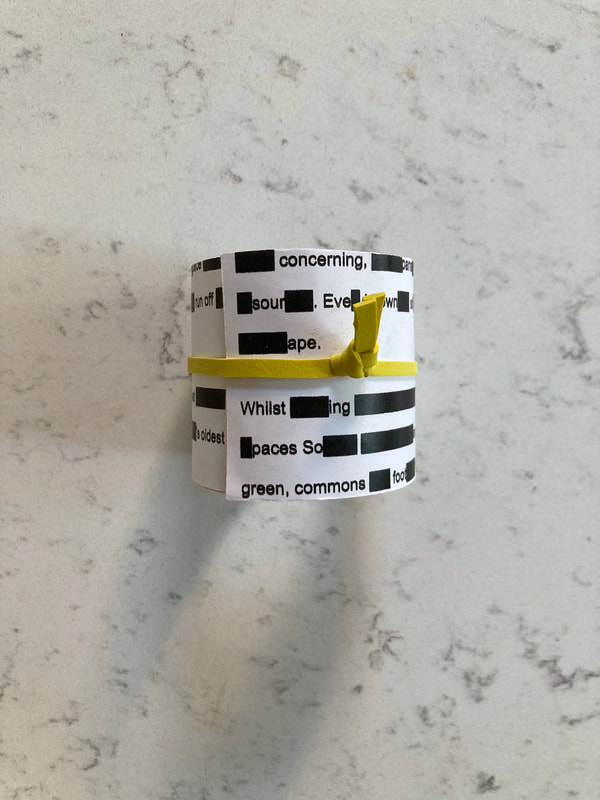
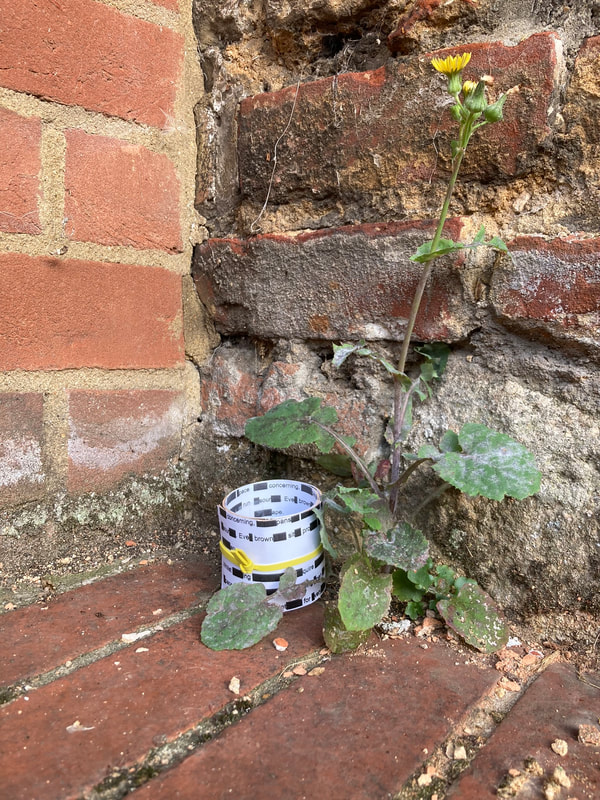
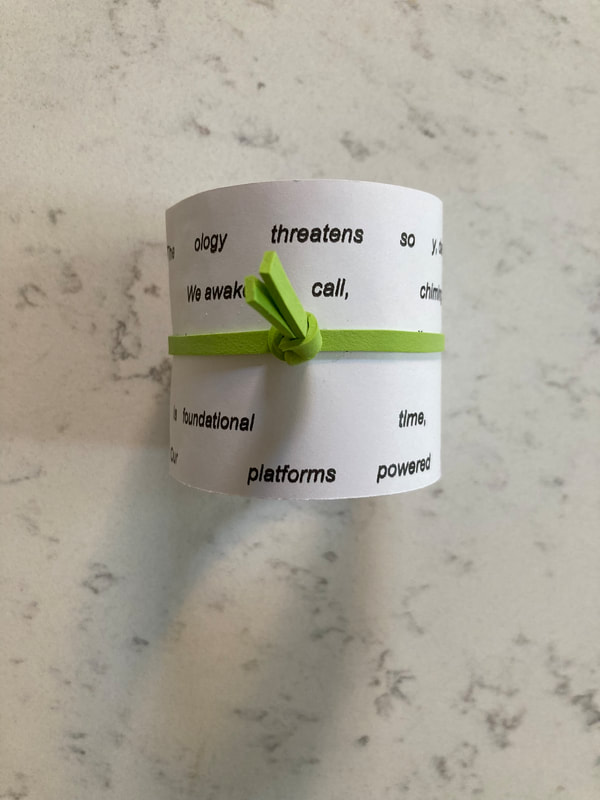
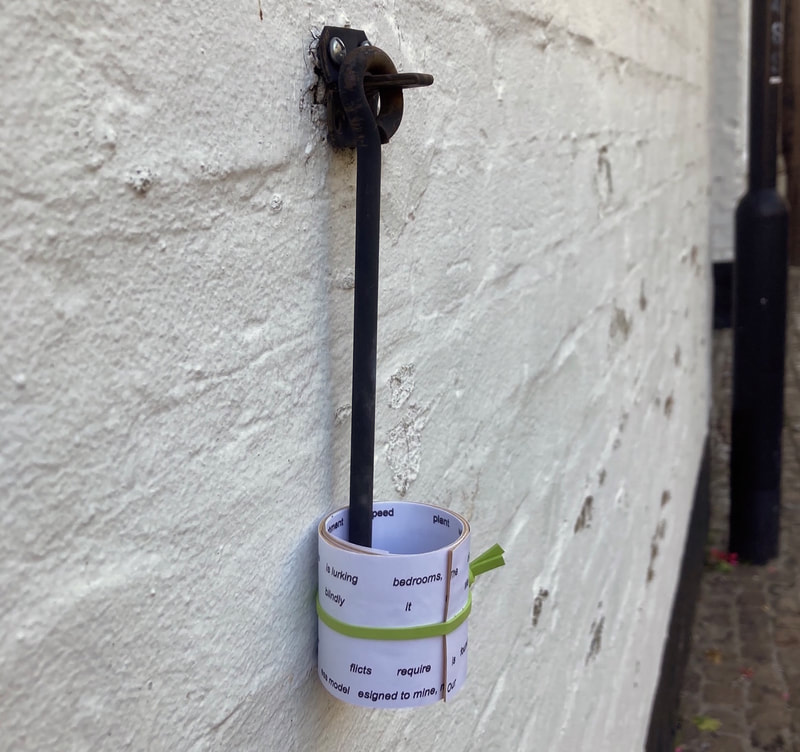
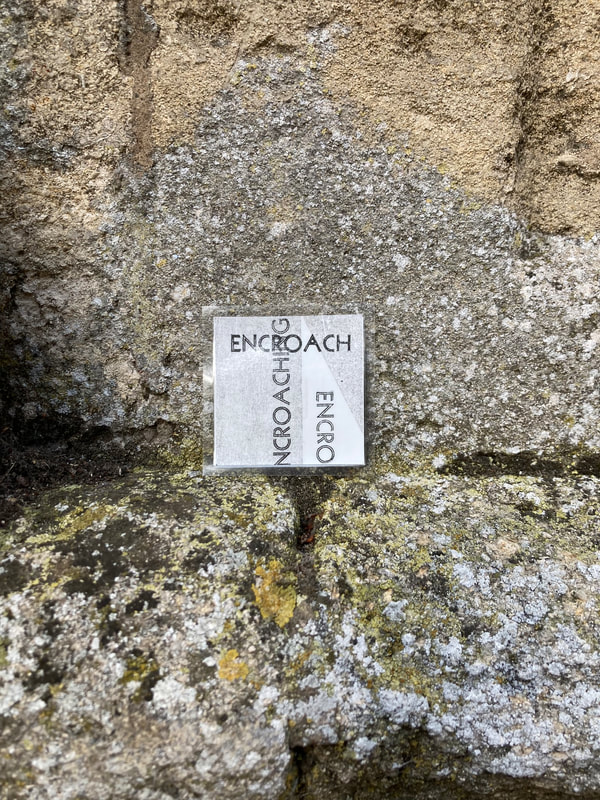
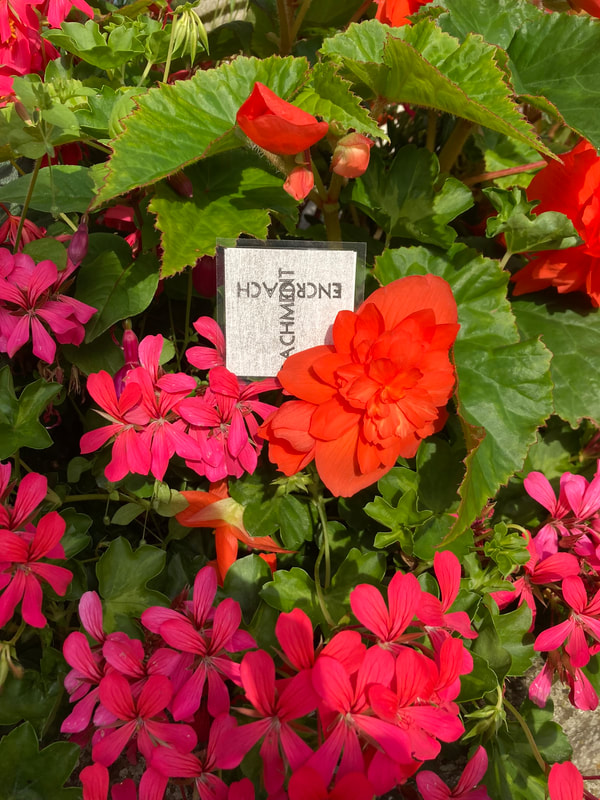
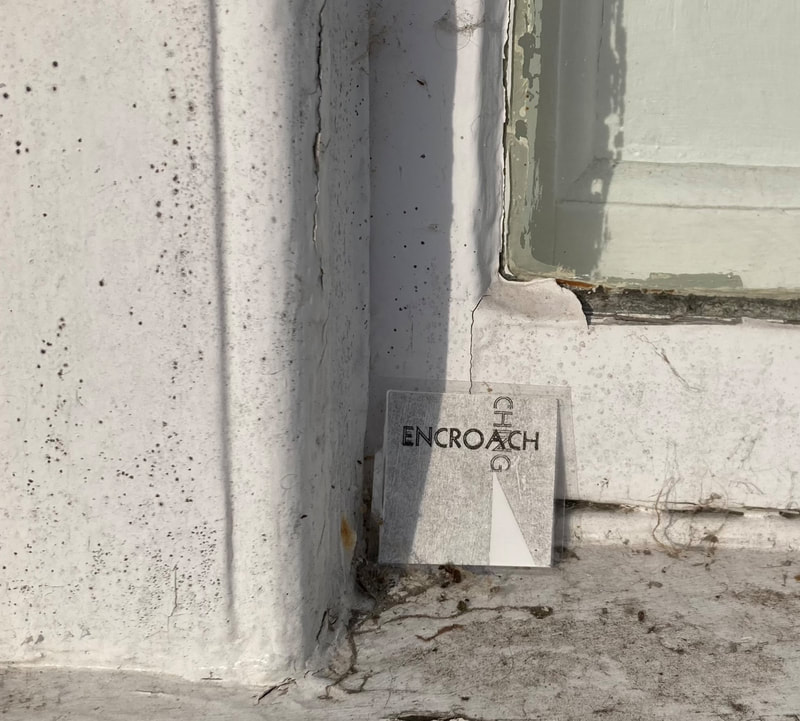
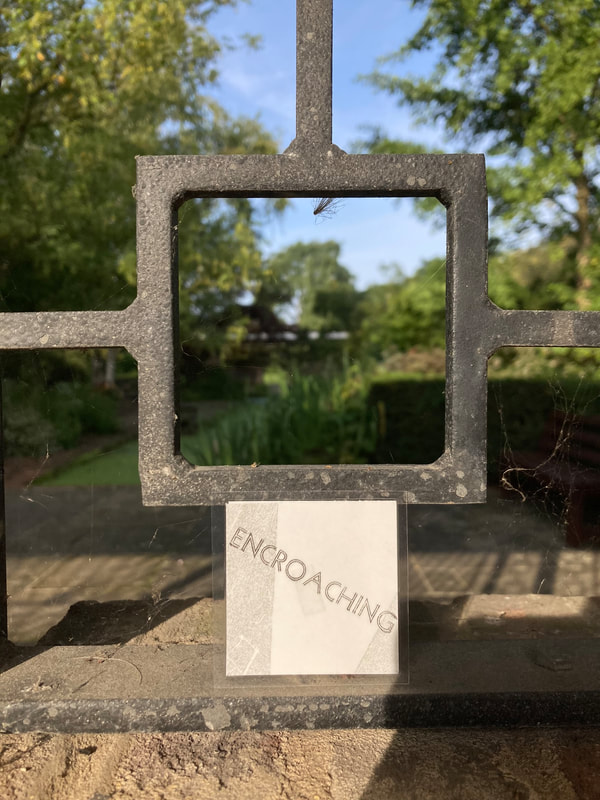
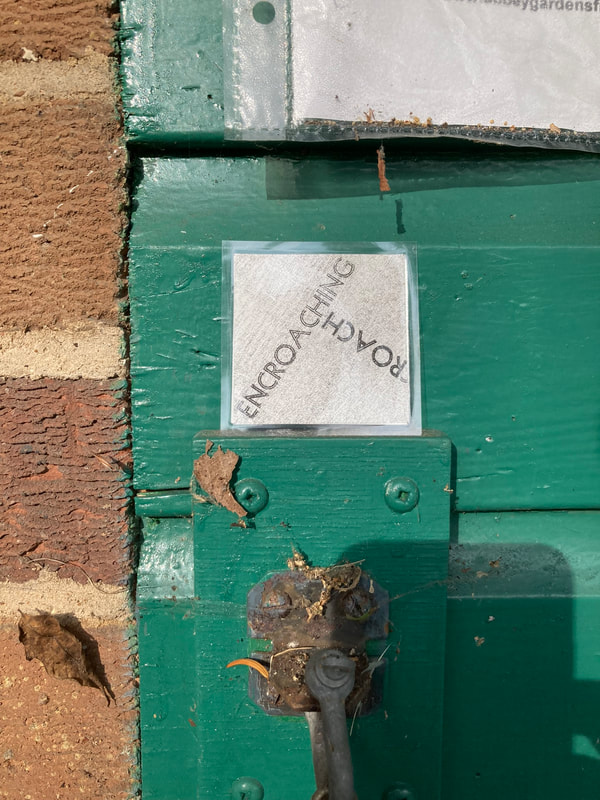
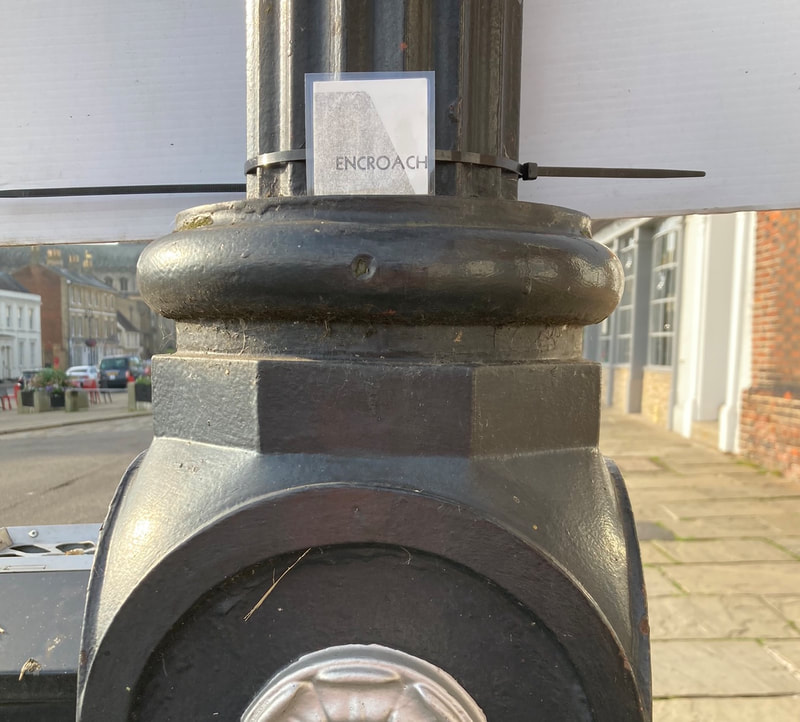
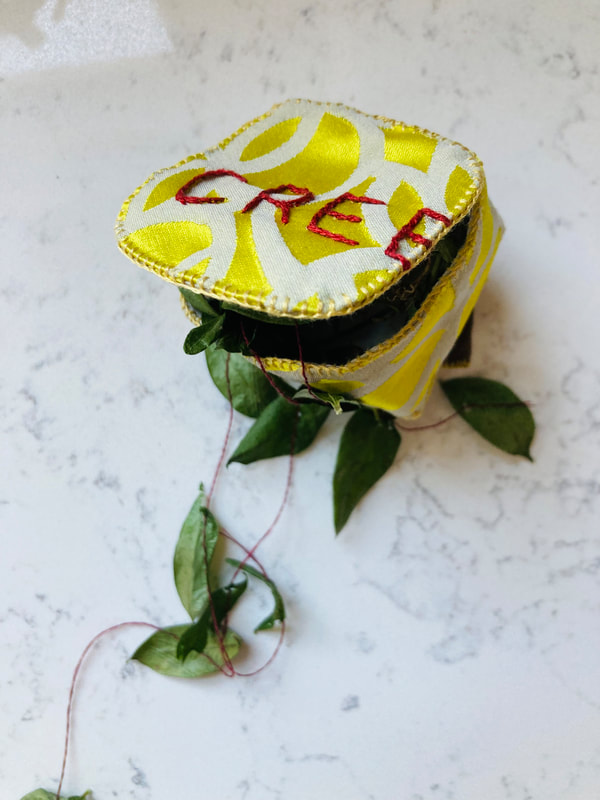
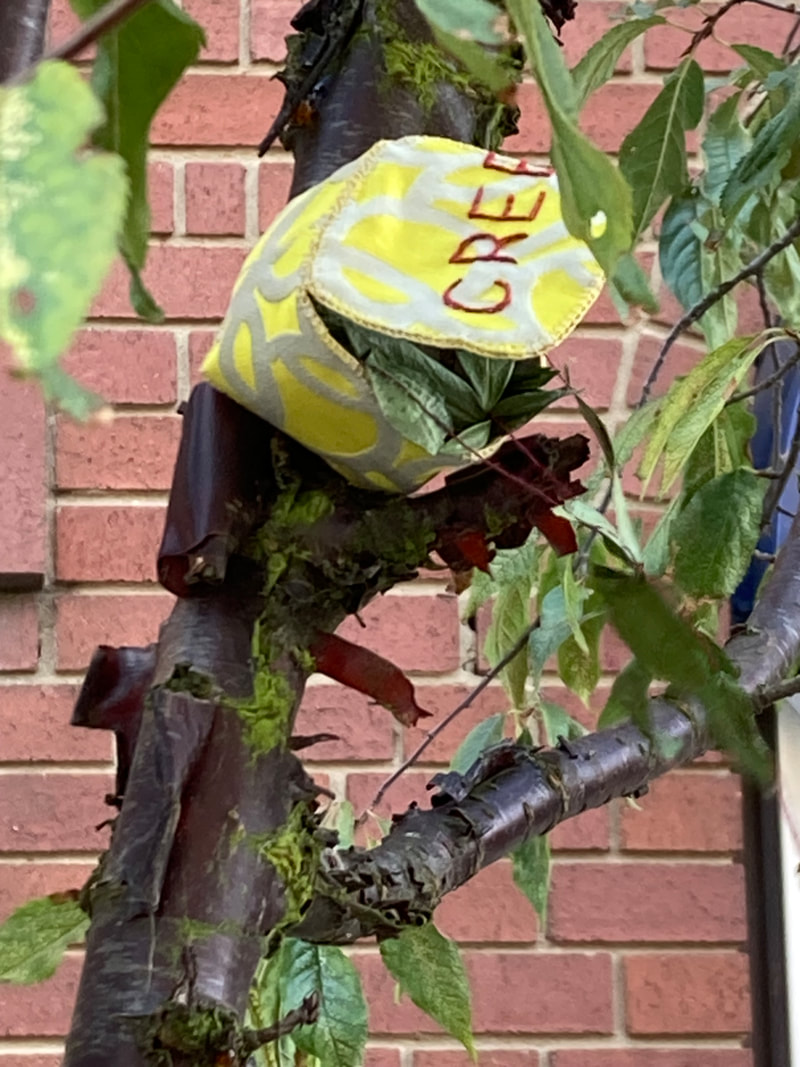
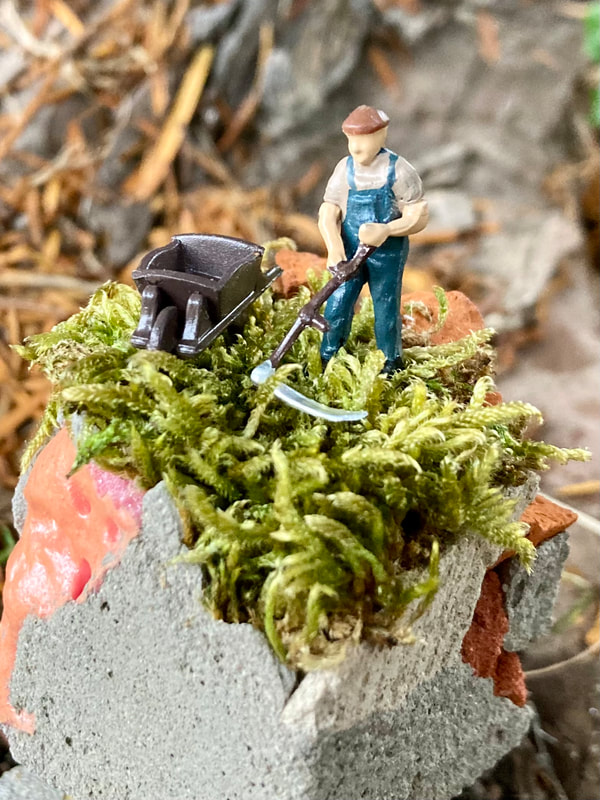
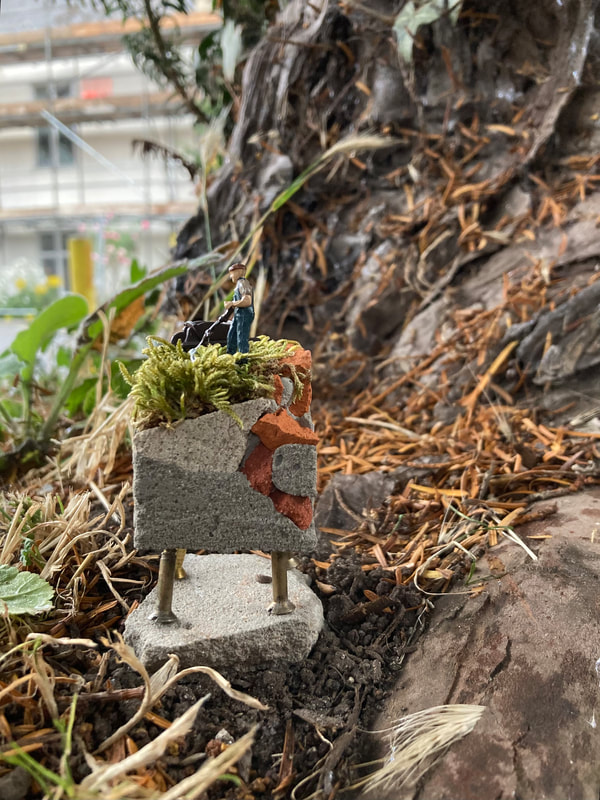
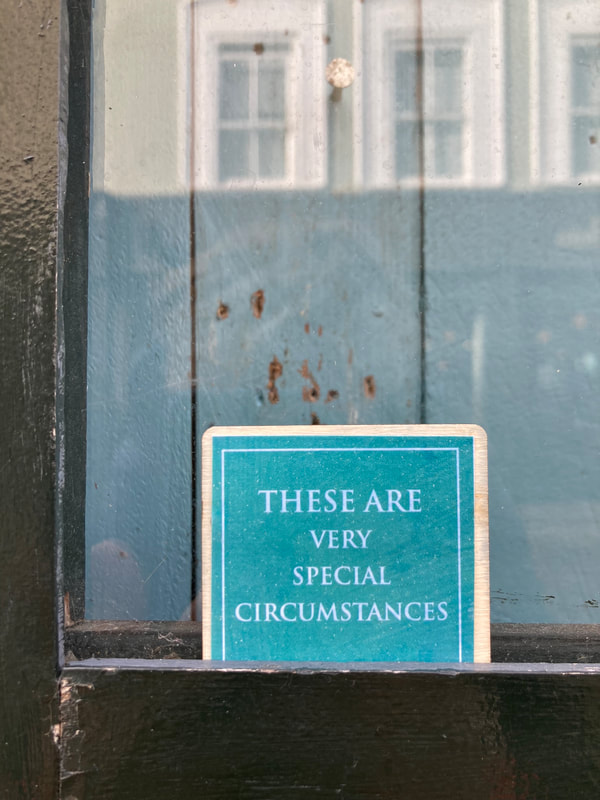
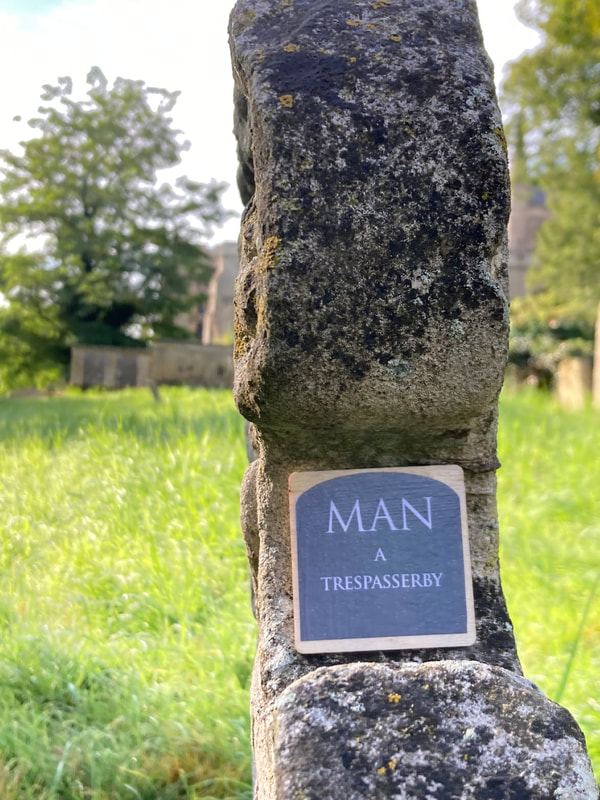
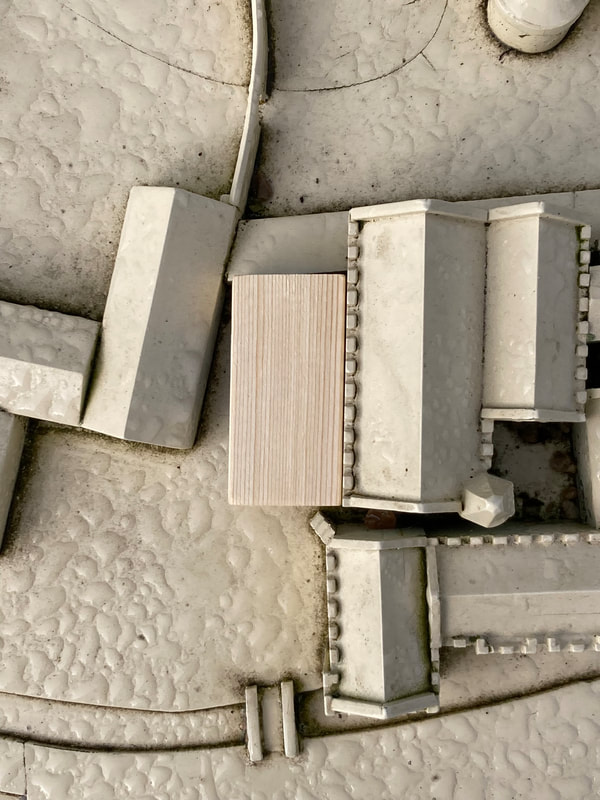
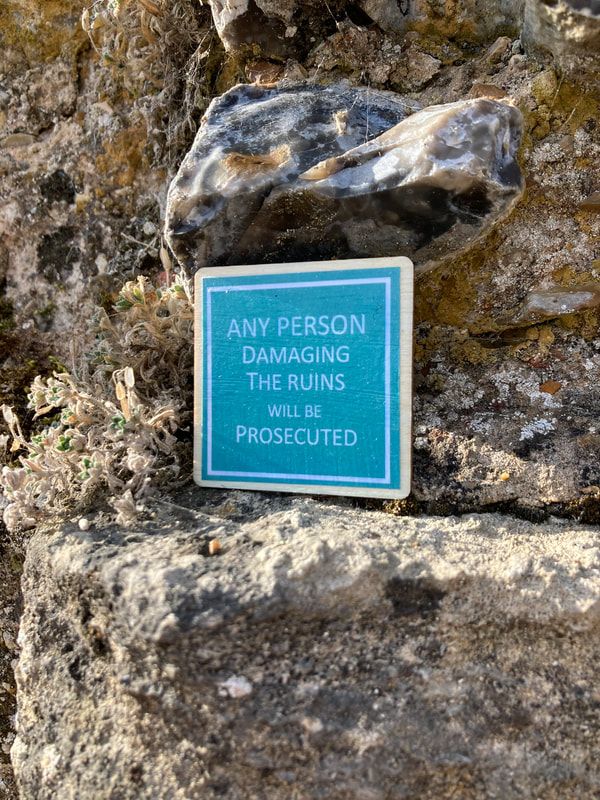
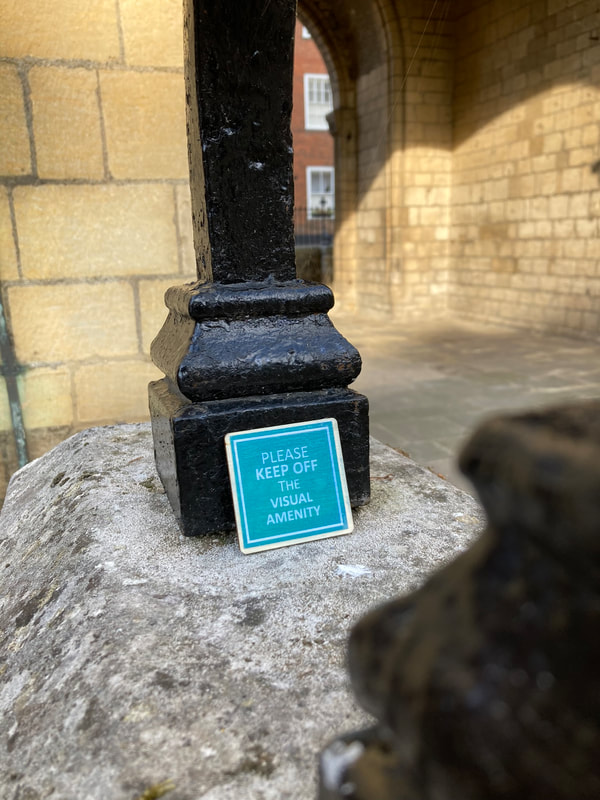
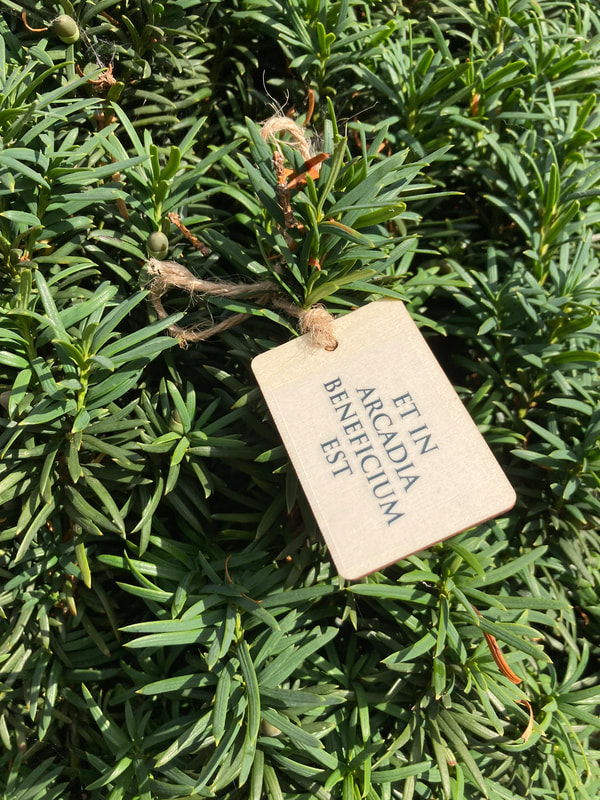
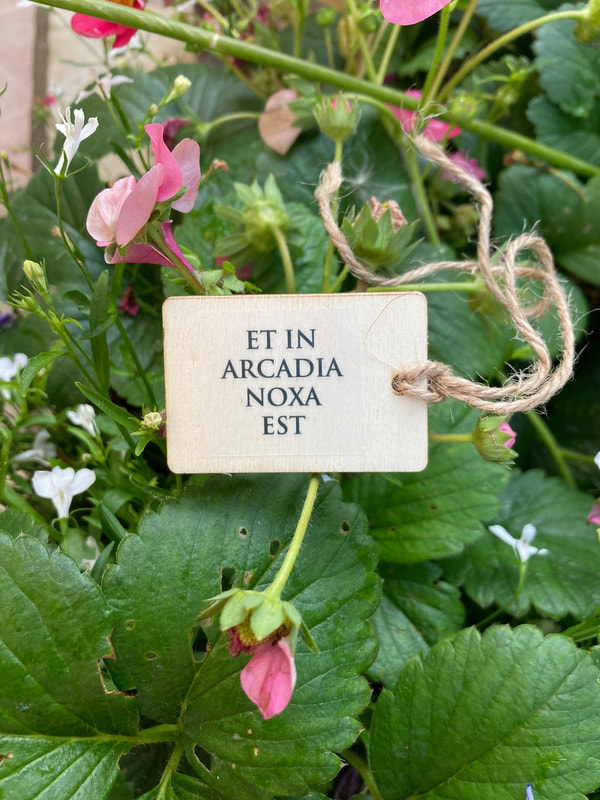
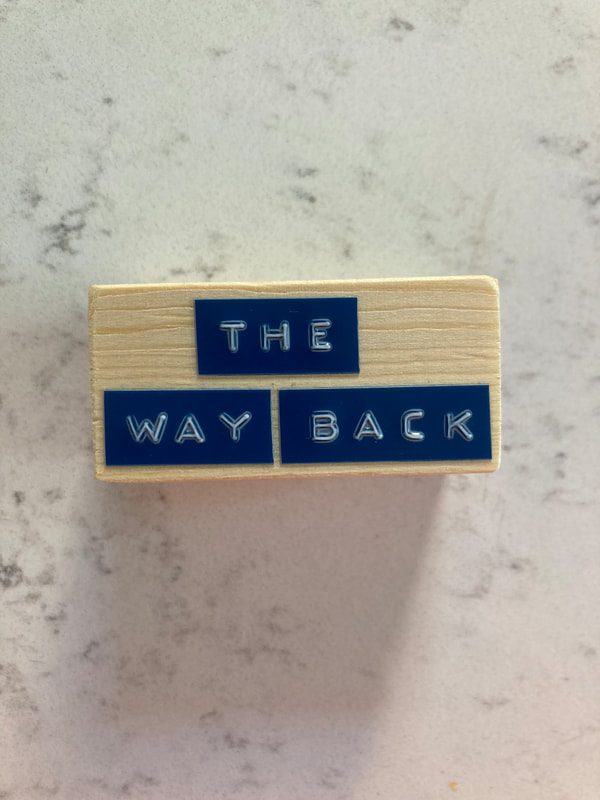
 RSS Feed
RSS Feed